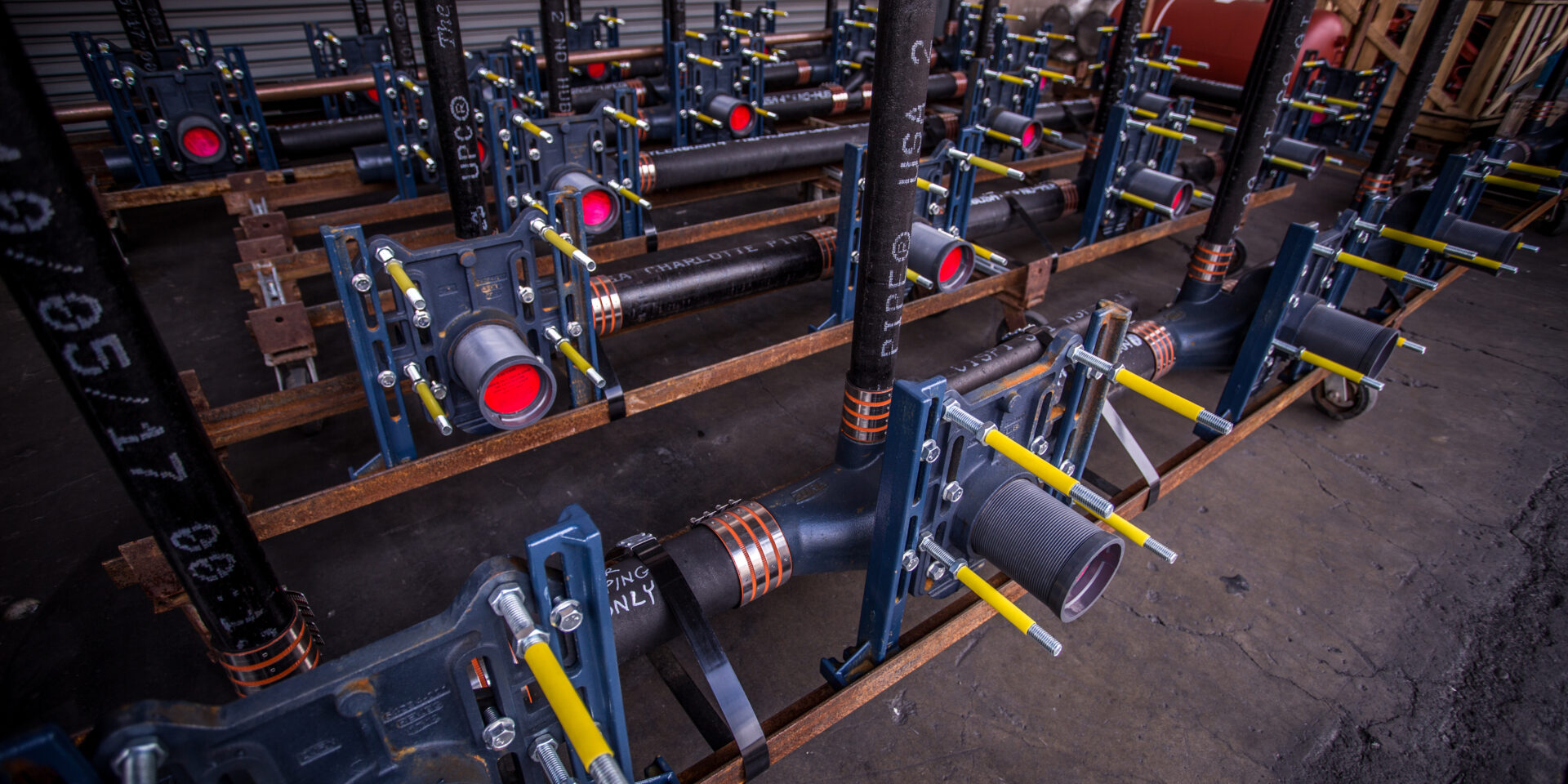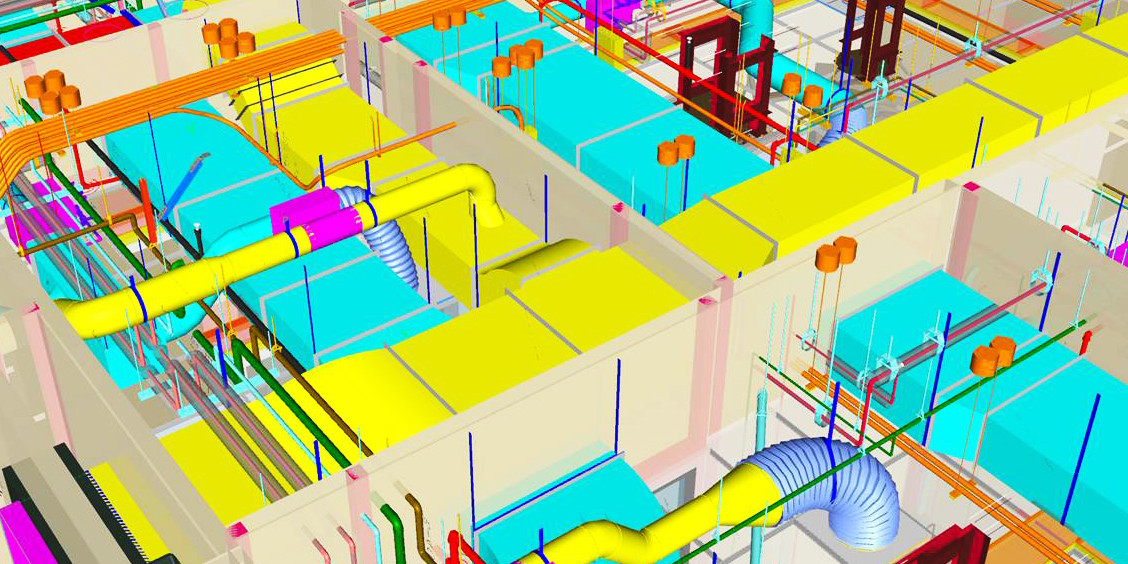The Architecture, Engineering, Construction (AEC) industry is a traditionally fragmented environment in which delays and cost overruns are common. The process of designing, building and operating a facility is highly complex and requires effective communication between the various stakeholders in a given project in order to go according to plan. Unfortunately, the compartmentalized operation of these stakeholders complicates their collaboration. With architects, engineers, contractors and owners / operators working largely independently on their specific tasks and communicating sporadically during the life-cycle of a project, there is much room for miscommunication and error as well as tedious back-and-forth decision making.
Building Information Modelling (BIM) aims to address this issue and is having a major impact on the AEC industry.
What is BIM?
The United States’ National BIM Standard Project Committee defines BIM as “a digital representation of physical and functional characteristics of a facility” that serves as a “shared knowledge resource for information about a facility” which forms a “reliable basis for decisions during [the facility’s] life-cycle”.
Put simply, BIM is a process for highly collaborative management of a construction project using a single coherent system of computer models shared between the various stakeholders (architects, engineers, contractors, owners and operators) in a project from beginning to end. This single shared information management tool takes the place of the more traditional method of project management involving separate sets of ‘hard-copy’ technical drawings and documents.
The basic premise of this process is that all stakeholders can access, view and modify information relating to the project in a single shared model throughout the life-cycle of the project or facility (from conception to eventual demolition).
Advantages
BIM allows for multidisciplinary collaboration in real-time. All parties have access to all the information relating to a project in its current phase and are able to communicate with all other parties simultaneously via the building information model. The advantages of this process are centered around improved communication and coordination and include early detection or reduced risk of mistakes or discrepancies resulting in less rework, reduced costs and improved quality.
New Zealand’s Ministry of Business Innovation and Employment released a document in 2017 summarizing the results of various BIM related studies conducted in the US, Europe and Australia and reports average project duration decreases of up to 37% and over 60% of BIM users experiencing reduced cost overruns and increased return on investment.
Impact on the AEC industry
The global AEC industry is adopting BIM rapidly with BIM use increasing from 28% to 71% of companies in the US construction sector between 2007 and 2012 and the UK NBS reporting record growth in BIM adoption in 2017 after a government mandate requiring the use of BIM on all public sector projects after 2016.
Use of BIM requires changes in company workflow, practices and procedures and is therefore not a simple matter to adopt. However, the UK NBS reports a widespread approval and awareness of the benefits of BIM in the industry and that in the majority of cases BIM becomes the methodology of choice once it is adopted.
With BIM offering the potential to increase productivity, improve project reliability and drive down costs it seems that successfully adopting this approach may present a significant competitive advantage for companies operating in the AEC industry. In addition, as the penetration of BIM increases, companies who have not adopted BIM may become incompatible in future. Add to this external pressures such as the UK government’s BIM mandate and it seems that it may be a case of “get on board or be left behind” for companies in this sector.
By Michael Owen, PhD
Michael is a mechanical engineer working in academia. His research encompasses various aspects of fluid dynamics and heat transfer with a strong emphasis on industrial heat exchangers.
Sources:
https://web.archive.org/web/20141016190503/http://www.nationalbimstandard.org/faq.php#faq1
http://www.wsp-pb.com/en/Who-we-are/In-the-media/News/2013/What-is-BIM/
https://www.thenbs.com/knowledge/what-is-building-information-modelling-bim
https://www.thenbs.com/knowledge/nbs-national-bim-report-2017
Related Posts
July 29, 2024










